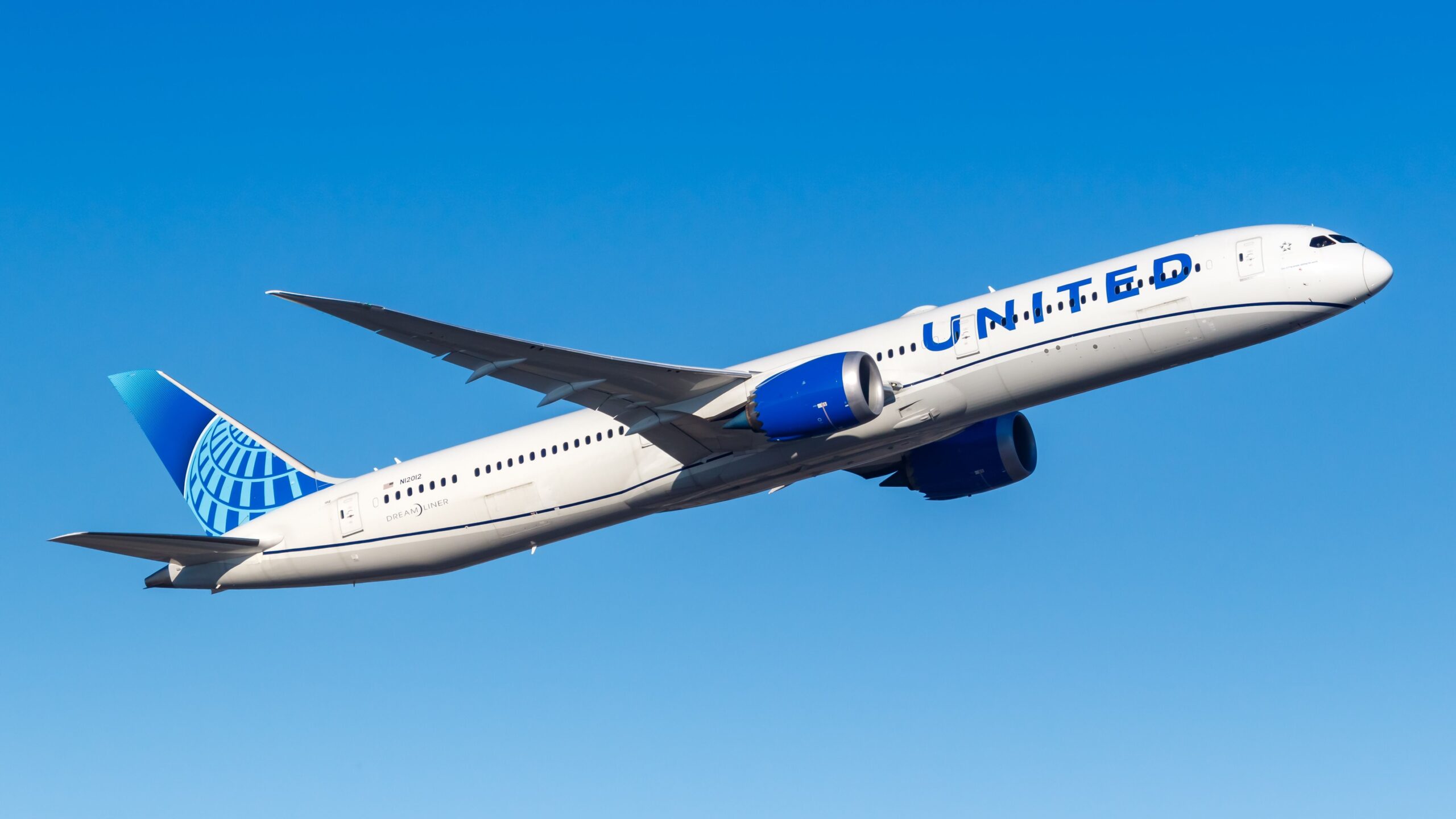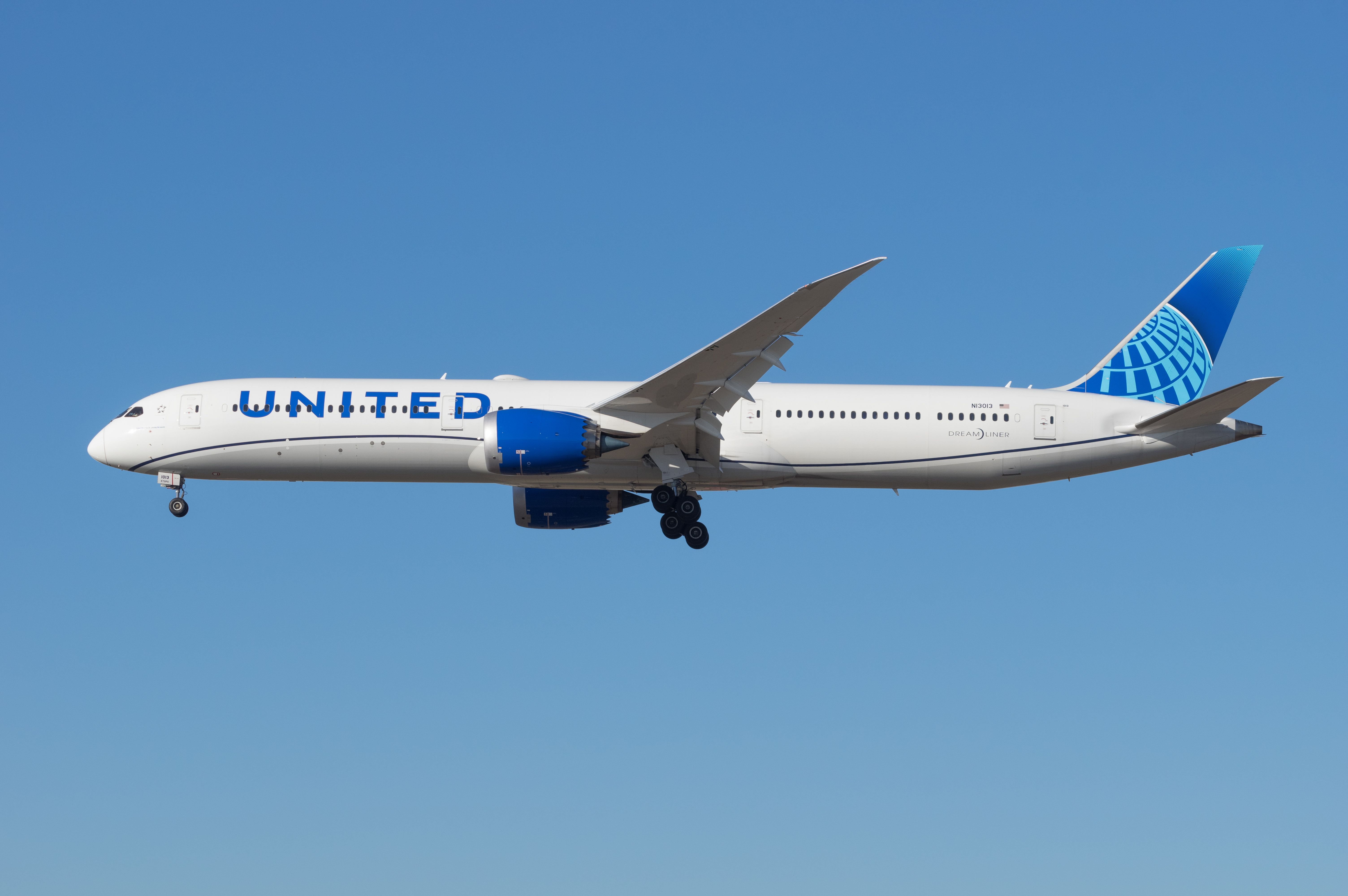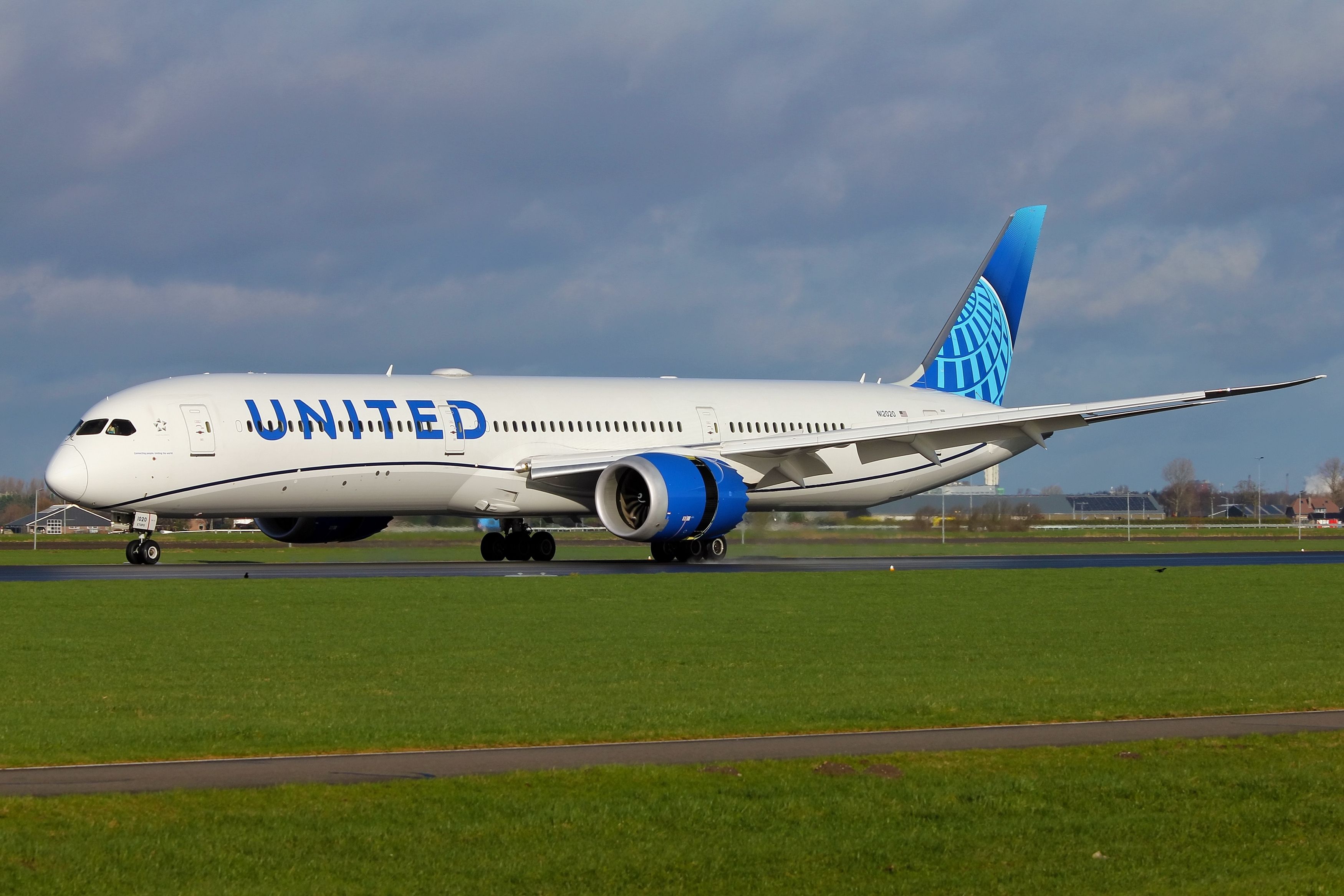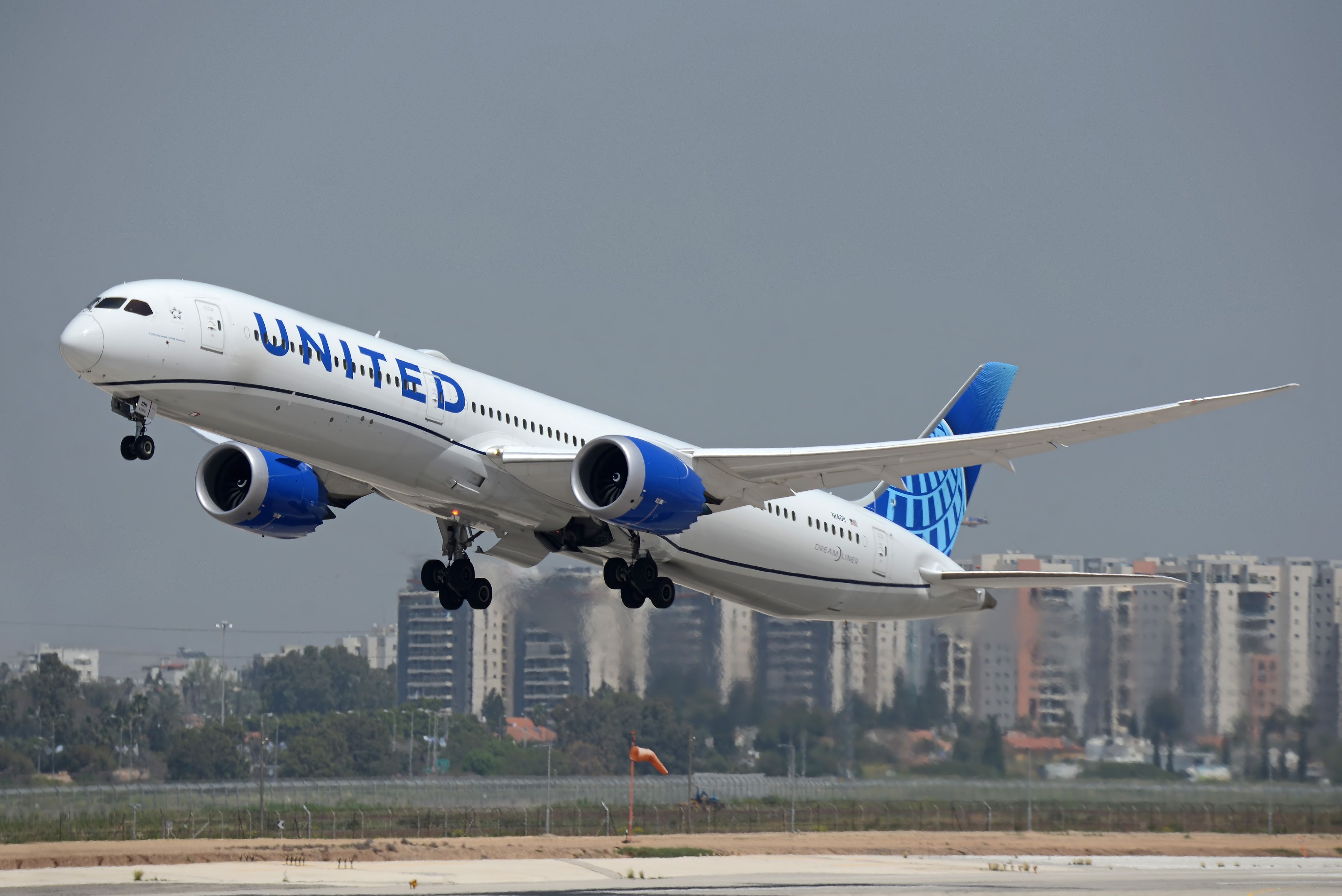Summary
- A United Airlines Boeing 787-10, flying between Frankfurt, Germany, and Chicago, the United States, had to divert to Edinburgh, the United Kingdom.
- As it diverted to Edinburgh Airport (EDI), the flight crew squawked 7700, the general code for emergency onboard an aircraft.
- However, the aircraft was already scheduled to leave EDI, possibly indicating that it could have been a medical emergency.
A United Airlines
Boeing 787-10
was forced to divert to Edinburgh, Scotland, as it was about to begin crossing the Atlantic Ocean on its way to Chicago, the United States.
While the reason for the diversion remains unknown, the airline has already scheduled a departing flight from the capital of Scotland.
Diversion to EDI
At 9:03 local time (UTC +2) on August 27, a United Airlines Boeing 787-10, registered as N12020, had departed on flight UA945 from Frankfurt Airport (FRA) to
Chicago O’Hare International Airport (ORD)
.
However, as the 787-10 was flying over the United Kingdom for its upcoming crossing across the Atlantic Ocean, the
![]() United Airlines
United Airlines
twin-aisle jet began changing course northward just south of Hull, East Yorkshire, the UK.
Photo: Angel DiBilio | Shutterstock
At the time of the diversion, the 787-10 had climbed to an altitude of 36,000 feet (10,972 meters), keeping the altitude until it began its descent towards Edinburgh Airport (EDI), which was the chosen diversion destination.
Several other major airports were near the aircraft when it decided to divert to EDI, including Birmingham Airport (BHX) and
Manchester Airport (MAN)
.
Squawking 77000
As the aircraft began its descent to the airport serving the Scottish capital, the United Airlines pilots began squawking 7700, indicating a general emergency onboard the aircraft.
However, the 787-10 descended normally and landed at EDI at 9:45 local time (UTC +1) after spending almost two hours in the air.
Its normal descent profile could immediately rule out cabin pressurization issues since the pilots would have looked to descend to an altitude of 10,000 ft (3,048 m) or less.
Photo: JetKat | Shutterstock
According to SKYbrary, a project run by EUROCONTROL, at altitudes below 10,000 ft (3,048 m), the reduced levels of oxygen have little effect on pilots and healthy passengers, but above that, the negative effects gradually worsen.
“Above 20,000 ft [6,096 m – ed. note], lack of oxygen leads to loss of intellectual ability followed by unconsciousness and eventually respiratory and heart failure.”
Leaving Scotland
While it was currently unknown why the aircraft diverted to EDI, the fact that the 787-10 was already scheduled to leave Scotland could point to a medical diversion. Simple Flying has approached United Airlines for comment.
Photo: Felix Tchvertkin | Shutterstock
According to Flightradar24, the 787-10 was scheduled to leave
EDI
at 10:50, with Great Circle Mapper data showing that the great circle distance between EDI and ORD was 3,226 nautical miles (5,974 kilometers).
In addition to flight UA945, which diverted on August 27, United Airlines runs a second daily service between FRA and ORD, namely UA906. The latter flight has a scheduled departure time of 12:45, per Flightradar24.




